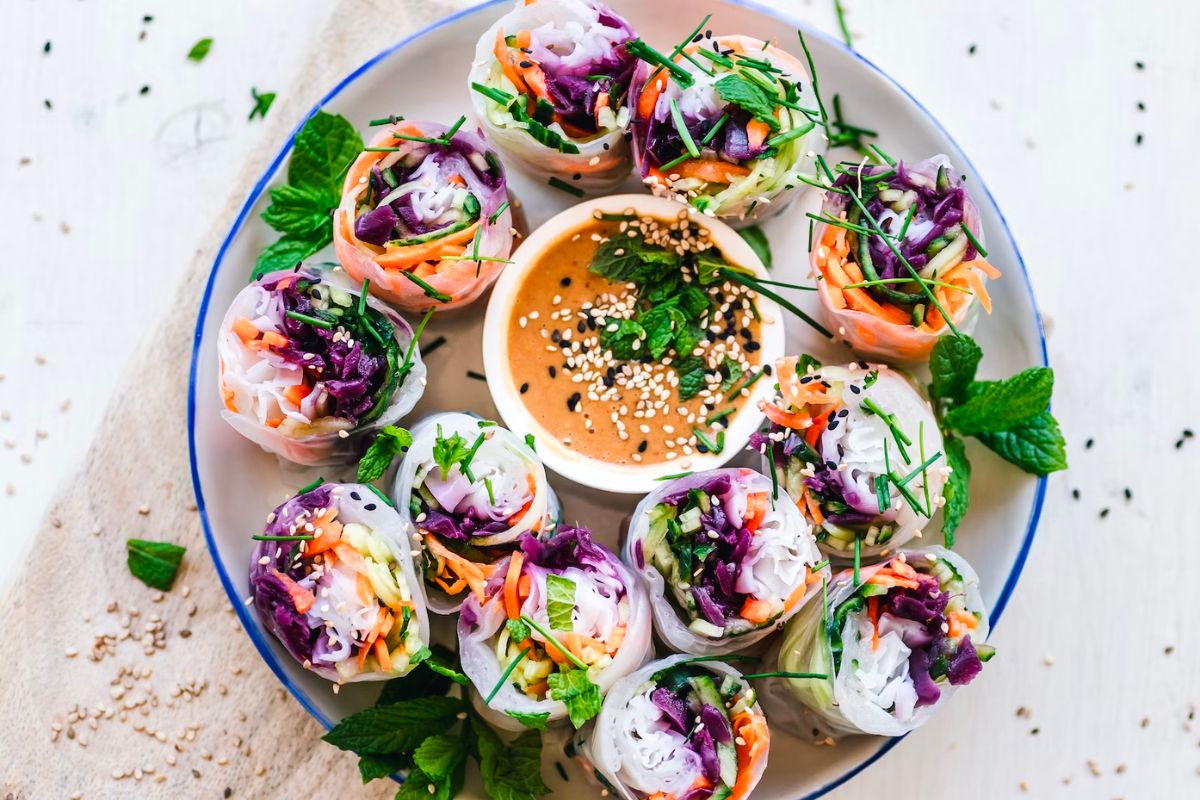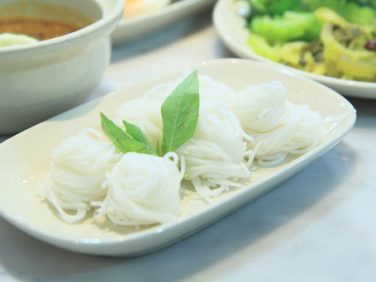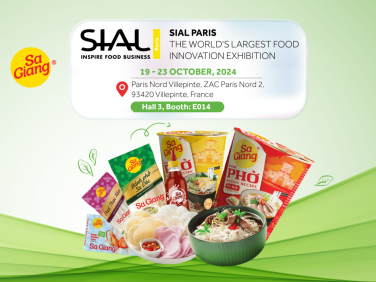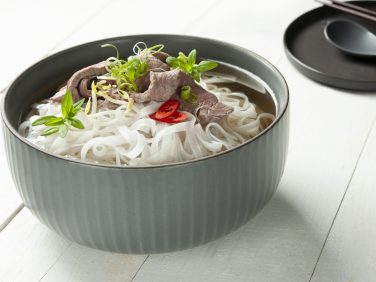The prohibition on rice exports in India, Russia, and the UAE has led to a sharp increase in rice prices. This also marks a prime opportunity for Vietnam’s rice export sector.
Rice Export Bans and Restrictions in India, Russia, and UAE Impact Global Food Market
In late July, India banned regular white rice exports (except white basmati rice), impacting global food tensions due to its crucial role in Asian and African diets. Russia also paused rice exports till year-end to stabilize its domestic market, while the UAE suspended rice exports for four months.
These actions, along with India, Russia, and the UAE’s export bans, prompted concerns about other major rice-producing nations like Thailand, Pakistan, China, and the United States possibly imposing similar restrictions, as noted by the Ministry of Industry and Trade. The bans are primarily driven by the aim to control domestic prices and inflation.
These developments highlight the delicate balance between domestic needs and international trade dynamics in the face of evolving global food challenges.
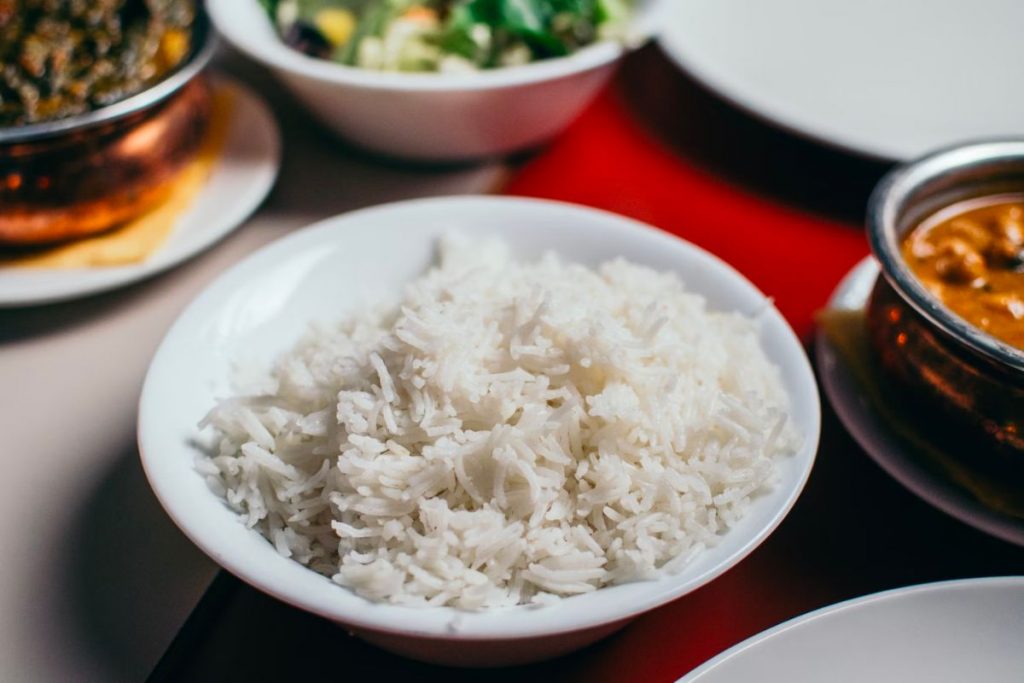
Export Bans Create Opportunity: Vietnam’s Rice Industry Positioned to Thrive Amidst Global Market Shifts
Tran Duy Dong, Director General of the Department of Import and Export (Ministry of Industry and Trade), reported a surge in rice exports in the first half of 2023. Export volume reached 4.24 million tons valued at $2.26 billion, up by 21.3% in quantity and 32.2% in value compared to 2022.
Vietnam’s estimated rice exports by July 2023 totaled 4.83 million tons valued at $2.58 billion, marking an 18.7% increase in volume and 29.6% in value compared to 2022.
Amidst the rice export bans in various countries, this situation presents an opportunity for Vietnam’s rice export industry. As countries implement restrictions on rice exports, Vietnam has the potential to fill the gap in the global rice market. With its robust rice production and export capabilities, Vietnam could capitalize on the rising demand for rice caused by the export bans imposed by countries like India, Russia, and the UAE.
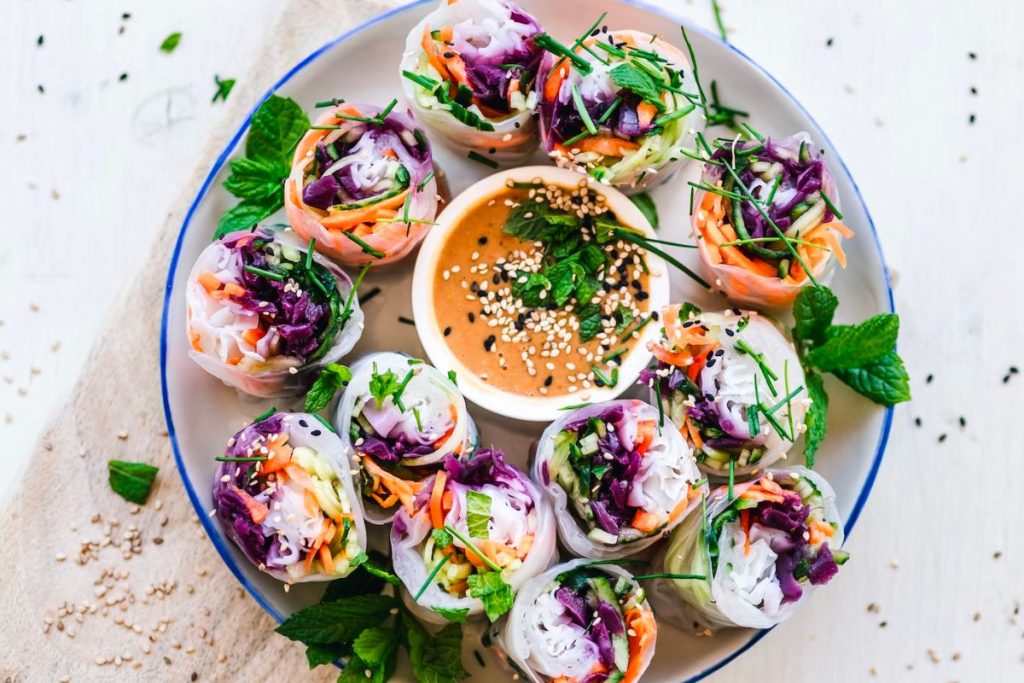
Moreover, the versatility of Vietnam’s rice industry extends beyond raw grains. Sa Giang has diversified their offerings, creating products like rice noodles, stick rice noodles, rice paper, and more. These products serve as sensible alternatives to traditional rice consumption, offering a nutrient-rich source while catering to various dietary preferences. Additionally, rice-based products are easily adaptable, allowing for culinary creativity and diverse combinations with other dishes, enhancing dietary diversity. As consumers seek substitutes amid changing market dynamics, these rice-based alternatives, known for their ease of preparation and culinary flexibility, could play a pivotal role in sustaining Vietnam’s export momentum and contributing to its growing presence in the global food industry.

